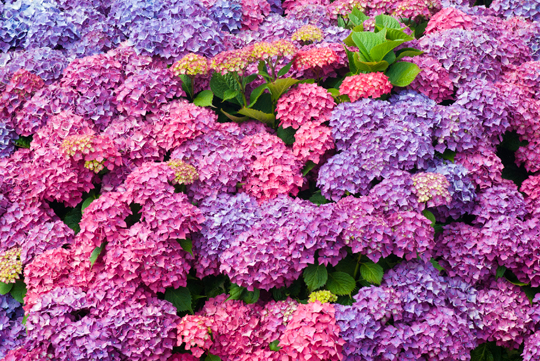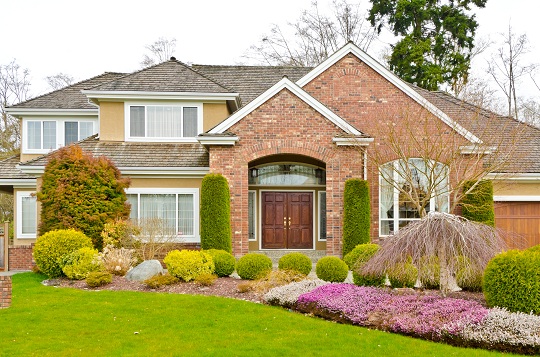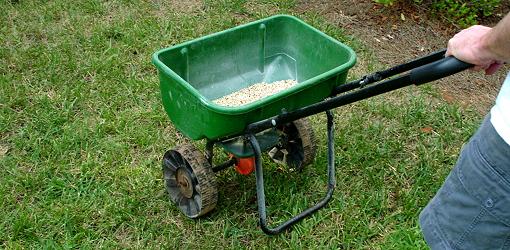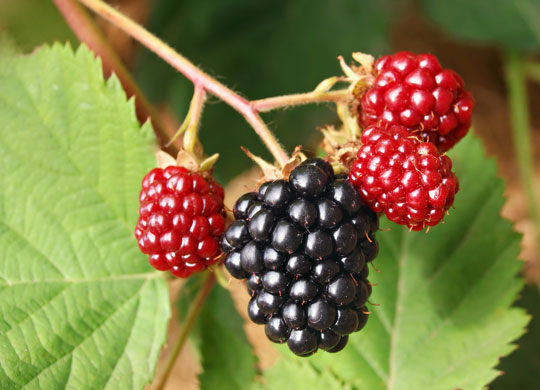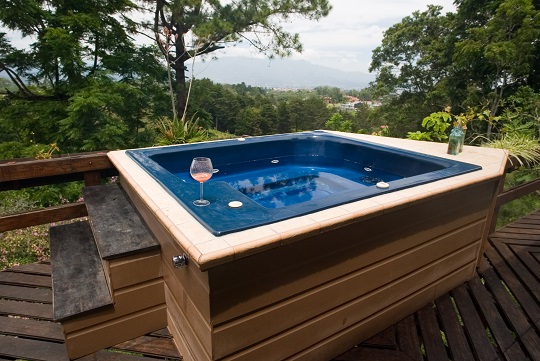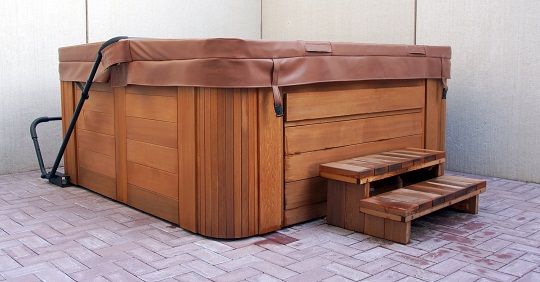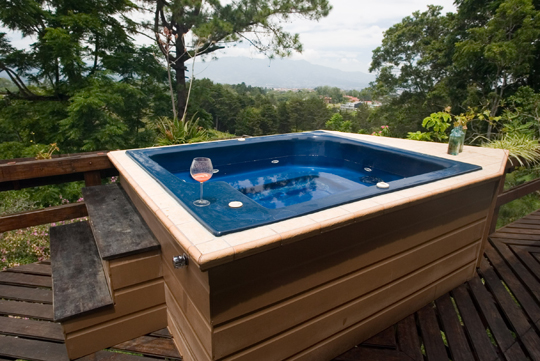Hydrangeas can be a beautiful addition to any garden with just a little work. From blue to pink to white and shades in between, hydrangeas are a beautiful staple to any landscape. Professional landscapers can help you determine the best area to plant, but here are five of the best conditions for growing hydrangeas.
Sunlight: Hydrangeas grow best in areas where they will receive more sun and afternoon shade, especially in hotter climates.
Temperature: There are many types of hydrangeas, and some are more hardy than others. Your local nursery will likely sell the type best suited for your area, but it doesn’t hurt to double-check.
Soil: Hydrangeas love organic, rich soil. They enjoy lots of nutrients, so when planting them, make sure to add in plenty of compost or organic material to the surrounding soil. Additionally, red or blue hydrangeas can be altered in color depending on the acidity of the soil. A more basic soil will produce a pink to red flower and can be achieved through lime. A more acidic soil will produce a blue flower and can be achieved through adding aluminum sulfate .
Water: Hydrangeas love water. In fact, the name in Greek means “water tub”. This does not mean they cannot be grown in dryer environments, though. The hotter or dryer your environment is, the more you will need to water your hydrangeas.
Fertilization: Because they need a nutrient-rich soil, fertilize hydrangeas often in the spring time, or in June for more northern areas. If a plant looks distressed or sick, do not fertilize as it will stress the plant out and likely kill it.
Get Assistance With Everything In Your Garden Or Lawn
Whether you’re interested in growing one or an entire hedge of them, knowing the best conditions for growing hydrangeas can be very helpful. If you’re still unsure about adding these beautiful, flowing bushes to your garden, try contacting a local landscaper. TalkLocal can put you in touch with a landscaper in your area quickly and for free.

